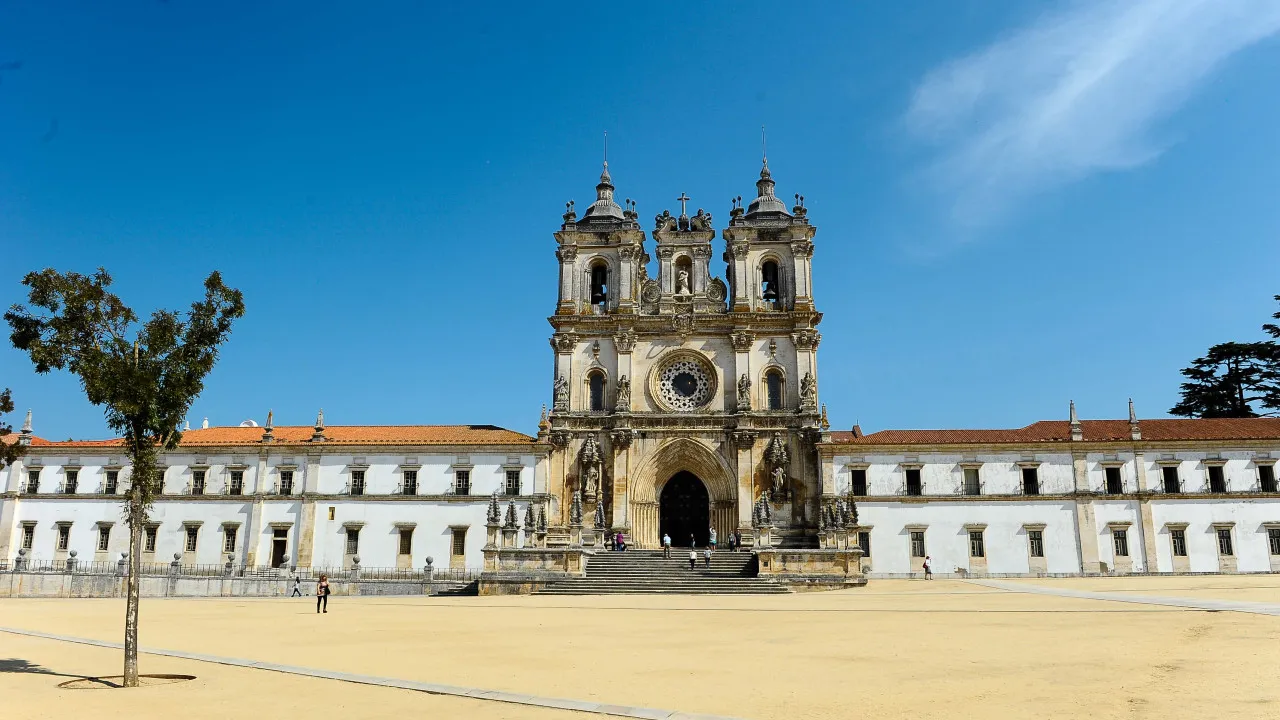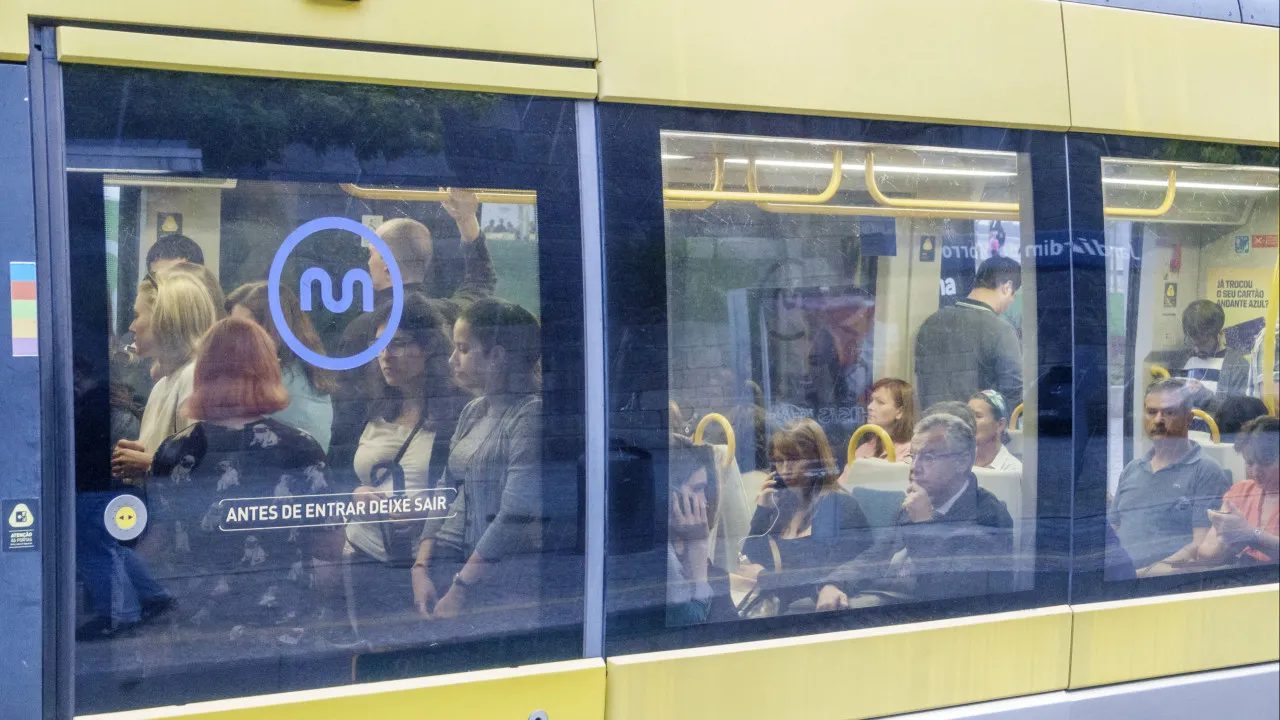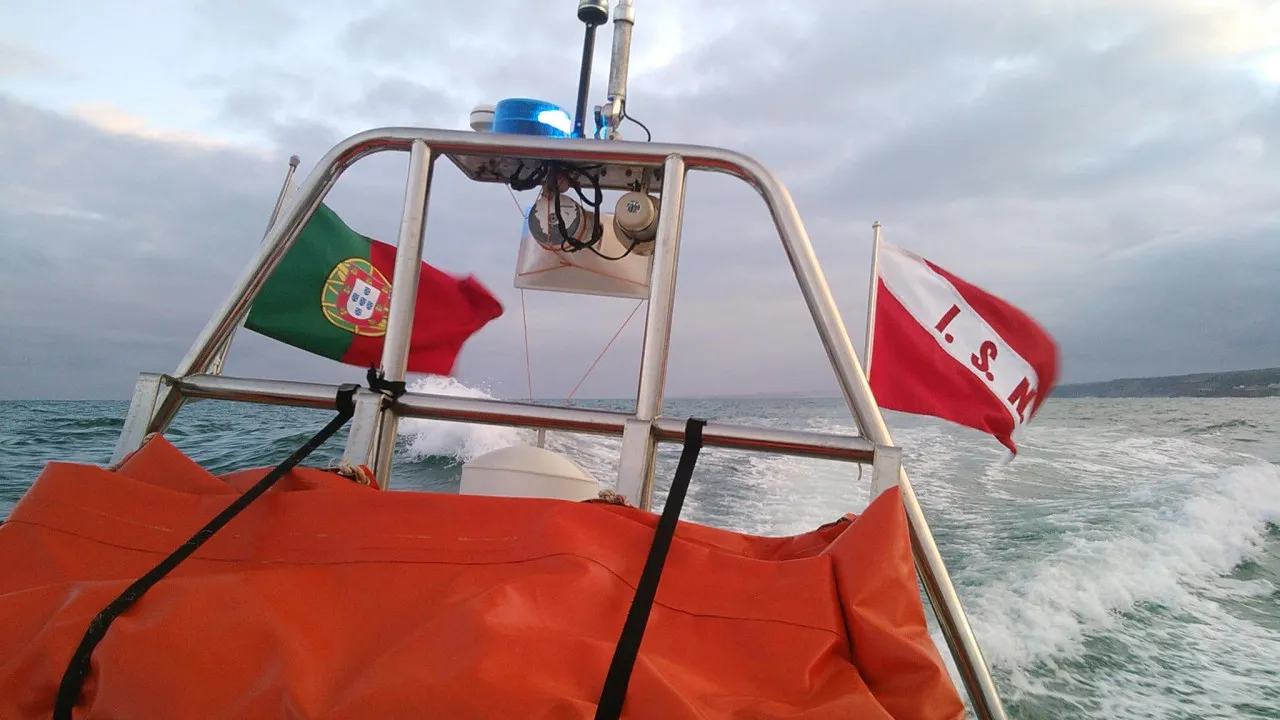The Centro Hospitalar Universitário São João (CHUSJ), in Oporto, is performing, without surgery, interventions on thyroid nodules using an “innovative technique” imported from the East, whose use may evolve into the treatment of malignant pathology.
Speaking to the Lusa news agency on the eve of World Thyroid Day, which falls on Thursday, Pedro Sá Couto, general surgeon at the CHUSJ, explained that “this technique does not remove the thyroid, but destroys the thyroid nodule” and that the goal is to explore this approach in the treatment of “selected cases of malignant pathology.
“In more developed centers, namely South Korea, it is already done in some patients who have malignant pathology and where the surgical risk is very high. I think we will grow towards that. It is a goal. We operate around 500 thyroids a year, many of them with malignant pathology, and there are situations in which this technique will be used as a complement to all the other therapeutic arsenal we have”, described the clinician.
At issue is a technique of approaching thyroid nodules through radiofrequency, without surgery.
The procedure consists of a system consisting of a needle that is placed inside the thyroid nodule, with ultrasound support and only local anesthesia.
The needle generates heat to vaporize the nodule, destroying it, i.e., achieving its regression or disappearance, while the patient remains awake during the procedure.
Pedro Sá Couto emphasized that this technique is “particularly opportune for users who present high surgical risks”, namely older patients with large goiters [nodular disease] who have heart or respiratory pathology or are hypocoagulated, for example.
“This technique allows for symptomatology control,” the surgeon summarized.
Emphasizing that the procedure is done with local anesthesia, therefore with the patient “awake and collaborating”, the doctor spoke of the advantages of outpatient procedures.
“After a few hours patients go home. If we evolve to that [a greater number of outpatient procedures], we change the paradigm of hospital organization. It is much more comfortable for the person, as well as for the hospital structure because it allows us to concentrate resources on more complex situations,” he said.
According to Pedro Sá Couto, this technique, which has been done for almost 20 years mainly in the East and is beginning to take steps in the Western world, has already been consecrated by the European Thyroid Association.
The CHUSJ intends to introduce it into the routine procedures in this area, having treated the first patient using this technique in December.
Pedro Sá Couro, who had his first contact with the technique at an international congress in 2018 and then saw it live in Turin, Italy, estimates to reach the treatment of 30/40 users by the end of this year.
“The origin in South Korea has to do with the culture of Orientals who don’t like surgery at all and have sought options that don’t involve incision or scarring. Right now, this number keeps up with the needs, but what is predicted is that more and more patients will start asking for it. We are talking about an alternative to surgery. I think it’s a technique that will grow in terms of indication”, he added.
Describing it as “one more therapeutic weapon”, the general surgeon recalled that at the CHUSJ, where there is an aspiration biopsy unit, there is “a lot of training and knowledge” in the use of ultrasound in thyroid nodular pathology.








